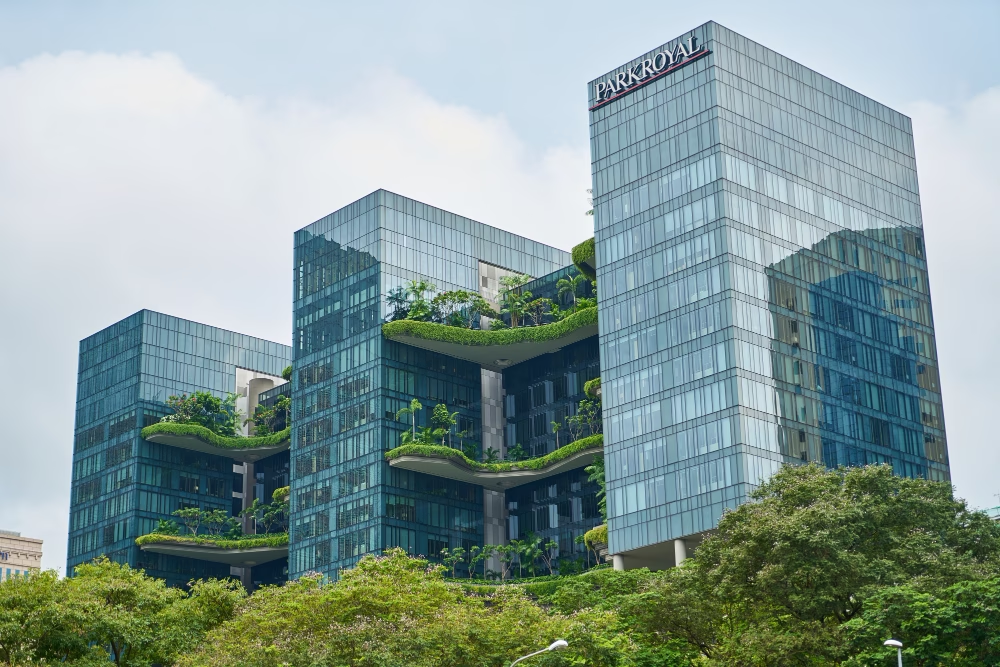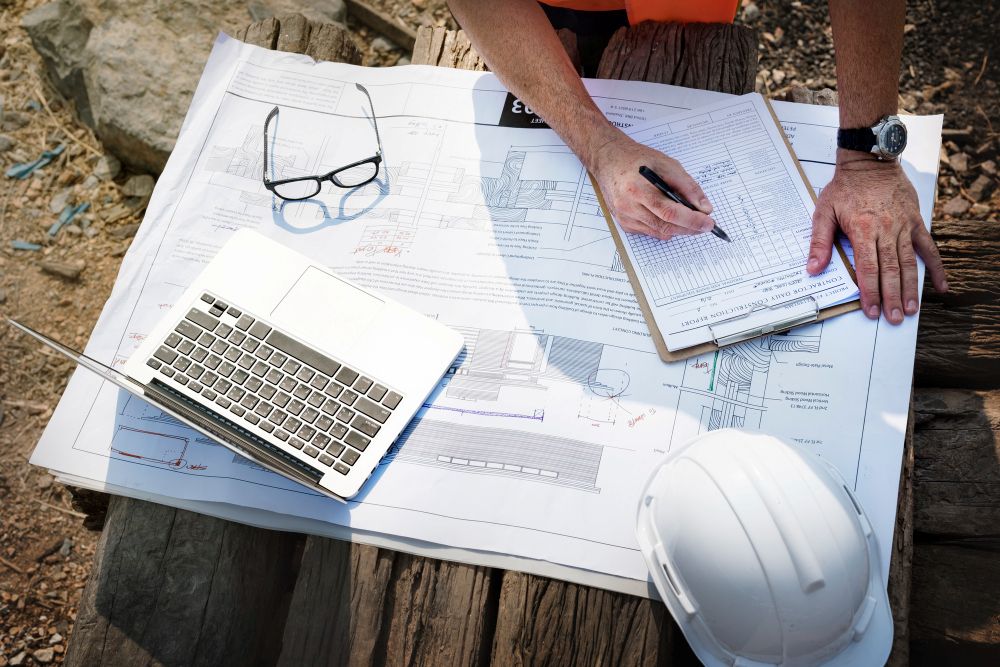
Urban Design Services That Meet Australian Green Building Standards
Discover how urban design services help meet Australian green building standards. Learn how Smart Planning and Design supports sustainable, compliant projects.
read more

Imagine walking into an office where sunlight filters through living green walls, natural wood textures warm the space, and the gentle sound of water soothes your senses. This isn’t a luxury resort—it’s the power of biophilic design. As humans, we’re hardwired to crave connection with nature. In urban environments dominated by concrete and screens, integrating natural elements into buildings isn’t just aesthetic; it’s a strategic tool that boosts tenant wellbeing, slashes vacancy rates, and lifts property values.
Biophilia—a term popularized by biologist E.O. Wilson—describes humanity’s innate affinity for the natural world. Studies reveal startling impacts: hospital patients with nature views heal 8.5% faster, while employees in biophilic offices report 15% higher wellbeing and 6% increased productivity. For developers and architects, this isn’t philosophy; it’s neuroscience. Exposure to natural light regulates cortisol (the stress hormone), while plants improve air quality by absorbing toxins like formaldehyde. When tenants feel calmer, healthier, and more focused, retention follows.
Biophilic design shifts buildings from commodities to experiences. Consider the Edge in Amsterdam, where rooftop gardens and sensor-driven sunlight mimicry helped command rents 20% above local averages. Or Salesforce’s San Francisco tower, where a 5-story vertical forest justified a 30% leasing premium. Data consistently shows:
For real estate developers, nature isn’t a cost—it’s ROI disguised as ferns and waterfalls.
You needn’t build a Hanging Garden of Babylon. Start with layered integration:
The goal? Create multi-sensory experiences that feel instinctively right. Even small touches—like planter boxes in corridors or moss art installations—yield measurable tenant mood improvements.
In land-scarce Singapore, WOHA Architects transformed a high-rise into a living ecosystem. The Oasia Hotel’s facade bursts with 21 species of creepers, attracting birds and butterflies 30 stories above ground. Rooftop forests filter rainwater, while terraced gardens cool interiors naturally. Results?
It proved biophilic design works even in hyper-dense cities.
Critics cite maintenance costs or waterproofing risks, but solutions exist:
Certifications like WELL or Living Building Challenge offer blueprints to avoid pitfalls.
Biophilic design isn’t a trend—it’s the next standard for competitive real estate. As remote work fuels demand for inspiring spaces, properties that offer emotional resonance through nature will dominate markets. For developers, it means higher NOI. For architects, creative liberation. For tenants? A daily dose of wilderness in the urban jungle.

Discover how urban design services help meet Australian green building standards. Learn how Smart Planning and Design supports sustainable, compliant projects.
read more

Discover the benefits of mixed-use developments in town planning Australia. Learn how they boost convenience, sustainability, and community connection.
read more

Discover why feasibility studies are essential in town planning Australia. Learn how they save time, reduce risks, and improve approval chances.
read more